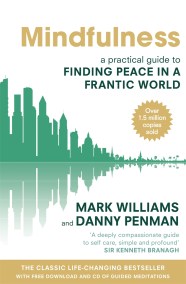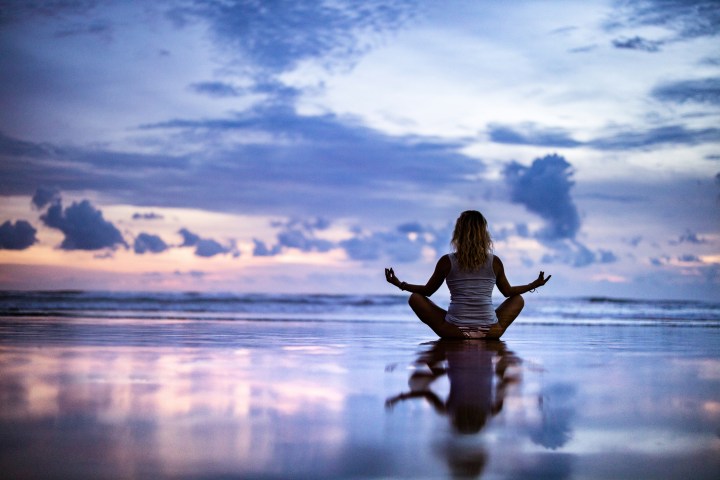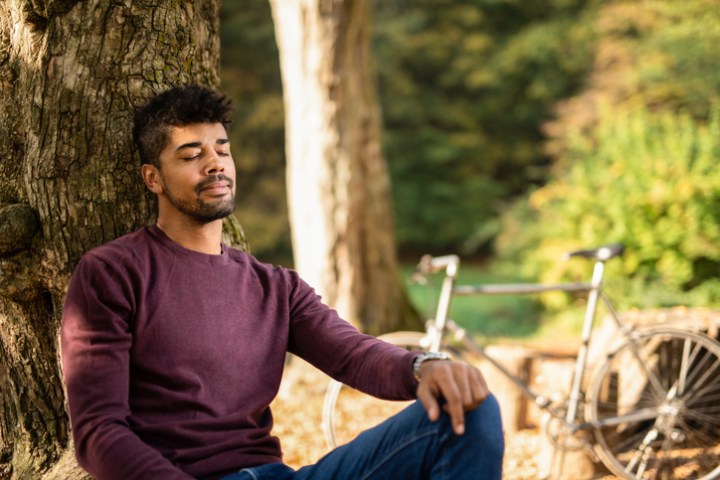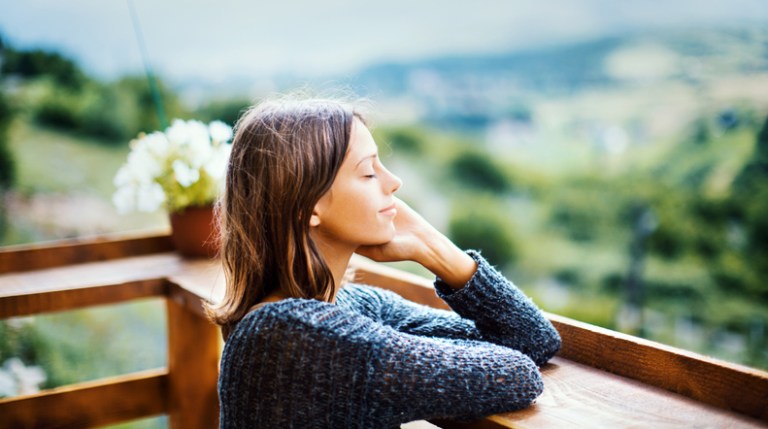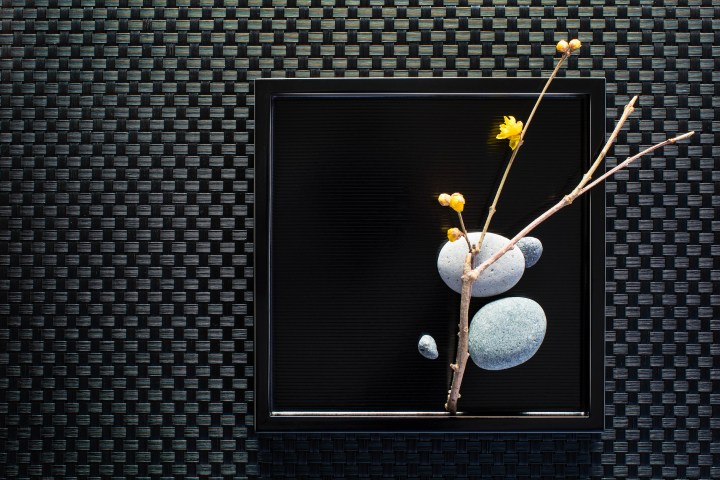Three Different Ways to Meditate
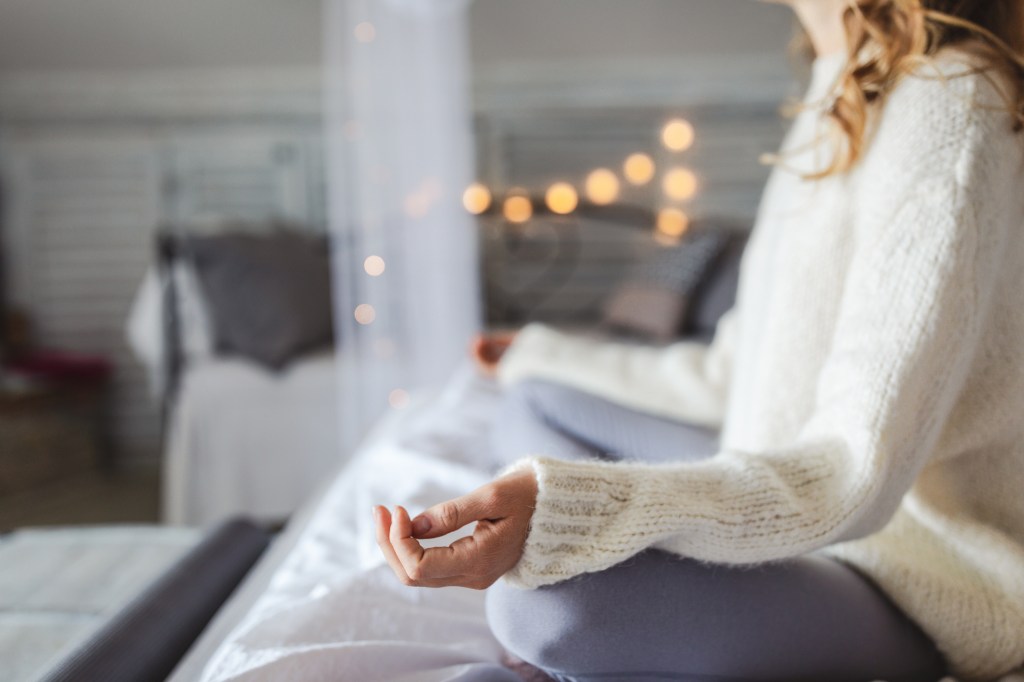
The growing popularity of mindfulness means that most of us know all about the benefits of meditation and taking a few minutes for yourself each day. But you may not know that there is more than one way to meditate.
You might have tried sitting cross-legged, closing your eyes… Only to immediately get distracted. This is very common. Meditation is not a one-size-fits-all. There are different methods and techniques you can try, to discover what style of meditation best suits you and your needs. This article explains three different techniques you can try, to practise mindfulness and improve your wellbeing:
The Chocolate meditation
Choose some chocolate – either a type that you’ve never tried before or one that you have not eaten recently. It might be dark and flavoursome, organic or fair-trade or whatever you choose. The important thing is to choose a type you wouldn’t normally eat or that you consume only rarely. Here goes:
- Open the packet. Inhale the aroma. Let it sweep over you.
- Break off a piece and look at it. Really let your eyes drink in what it looks like, examining every nook and cranny.
- Pop it in your mouth. See if it’s possible to hold it on your tongue and let it melt, noticing any tendency to suck at it. Chocolate has over three hundred different flavours. See if you can sense some of them.
- If you notice your mind wandering while you do this, simply notice where it went, then gently escort it back to the present moment.
- After the chocolate has completely melted, swallow it very slowly and deliberately. Let it trickle down your throat.
- Repeat this with the next piece.
How do you feel? Is it different from normal? Did the chocolate taste better than if you’d just eaten it at a normal breakneck pace?
Body Scan meditation
- Lie down on your back and make yourself comfortable in a place where you will feel warm and undisturbed. You can lie on your bed, directly on the floor or on a rug. Wrap yourself in a blanket if that feels comfortable. You may find it helpful to close your eyes, but do feel free to keep them open if you prefer, or to open them at any time during the meditation if you feel you are falling asleep.
- Take a few moments to bring your awareness to the physical sensations in your body, especially to those of touch or pressure where your body makes contact with whatever you are lying on. On each out-breath, allow yourself to sink a little deeper into the surface.
- Gently remind yourself that this is a time for ‘falling awake’ rather than falling asleep. It is a time to be fully aware of your experience as it is, not as you think it should be. You should not try to change the way you are feeling, not even to be more relaxed or calmer. The intention of this practice is to bring awareness to any and all sensations as you focus your attention systematically on each part of your body. Sometimes, you may feel no sensations at all. If that is the case, then simply acknowledge this. There’s no need to try and imagine sensations where none can be noticed.
- Now bring your awareness to the sensations in your abdomen, becoming aware of the changing patterns in the abdominal wall as the breath moves in and out of your body. Take a few minutes to feel the sensations as you breathe in and out, as your abdomen rises and falls.
- Having connected with the sensations in your abdomen, gather your attention as if it were a spotlight, and bring it down the body into your legs, into both feet, and all the way out to your toes. Focus on each of the toes, bringing a gentle, interested attention to them. Investigate the qualities of the sensations. You might notice a feeling of contact between the toes, or perhaps feel a tingling sensation, or one of warmth, or numbness, or absolutely no sensation at all. Whatever you experience is OK. There is no need to judge it. See if it’s possible to allow the sensations to be just as they are.
- On an in-breath, feel or imagine that the breath could enter the lungs and pass all the way down the body, through the legs and into the toes. On the out-breath, feel or imagine the breath flowing out of the toes, the feet, legs, torso and, finally, out of the nose. Continue focusing in this way for a few breaths. You might find it difficult to get the hang of this, so just practise as best you can, approaching it playfully.
- When you are ready, on an out-breath, let go of the toes and bring your awareness to the sensations in the bottom of your feet. Bring a gentle, investigative awareness to their Then move your awareness to the instep and then the heel of each foot. You might notice, for example, a slight sense of pressure where the heels make contact with the mat or bed. Experiment with breathing into any of the sensations that you discover, being aware of the breath in the background as you explore the sensations in the bottom of the feet.
- Allow your awareness to expand into the rest of the feet, into the top of the feet, into the ankles, right into the bones and joints. On a deeper and more intentional in-breath, direct it down into both feet. On the out-breath, let go of the feet completely and shift your attention to the lower legs.
- Continue scanning your whole body in the same way, lingering for a time over each part in turn. After your lower legs, move up to the knees and then the thighs. Now move your awareness to the pelvic area – your groin, genitals, buttocks and hips. Become conscious of your lower back, abdomen, upper back and, finally, your chest and shoulders. Gently bring your awareness to both hands. When you focus on your hands you could first attend to the sensations in the tips of your fingers and thumbs, then the whole finger and thumbs, the palms of the hands and then their backs. Then gently move to your wrists, lower arms and elbows, upper arms, shoulders and armpits. Then move your awareness to your neck, your face (jaw, mouth, lips, nose, cheeks, ears, eyes and forehead) before, finally, holding your entire head in full awareness.
- You should hold each region of your body for, perhaps, twenty to thirty seconds. There is no need to measure the time accurately or count the breaths – simply attend to each part of the body in turn for as long as seems natural.
- When you become aware of any intense sensations, such as tension, in a particular part of your body, see how it is to ‘breathe into’ them to explore them further. Use the in-breath to gently bring awareness into the sensations. Then see how the sensations change – if at all – when you breathe out of them.
- From time to time, the mind will inevitably wander away from the breath and body. This is entirely normal. When you notice it, gently acknowledge the fact, make a mental note of where your thoughts went off to, and gently return your awareness to the part of the body you intended to focus on.
- After you have scanned the whole body in this way, spend a few minutes becoming aware of the body as a whole. Feel the sensations of wholeness. See if you can hold all of the fluxing sensations in spacious awareness, feeling the breath flowing freely in and out of the body.
Remember that the Body Scan can be profoundly relaxing, so it’s easy to fall asleep while doing it. If this happens, there is no need to criticise yourself. If you find that it keeps happening, you might find it helpful to prop your head up with a pillow, open your eyes or do the practice sitting up, rather than lying down.
Mindful Movement meditation
- First, stand in bare feet or socks with your feet hip-width apart, with the knees unlocked so that the legs can bend slightly and with the feet more or less parallel to each other.
- Then, on an in-breath, slowly and mindfully raise your arms out to the sides, parallel to the floor, and then, after breathing out, continue on the next in-breath raising them, slowly and mindfully until the hands are raised above the head. While the arms are moving, see if you can be fully alive to the sensations in the muscles as they work to lift the arms and then maintain them in the stretch.
- Letting the breath move in and out freely at its own pace, continue to stretch upward, fingertips gently pushing towards the sky, feet firmly grounded on the floor. Take some time to feel the sensations of stretch in the muscles and joints of your body, wherever they are presenting themselves: from the feet and legs up through the torso, shoulders, into the arms, hands and fingers.
- As you maintain this stretch for a time, see what is happening to your breathing; allowing it to flow freely in and out. Remain open to any changes in the sensations and feelings in the body with each in-breath and each out-breath as you continue to hold the stretch. If you notice sensations of increasing tension or discomfort, open to this as well.
- At a certain point, when you are ready, slowly – very slowly – on an out-breath, allow the arms to come back down. Lower them slowly, feeling the changing sensations as they come down, and perhaps the clothes moving on the surface of your skin. Follow the sensations with close attention until your arms come back to rest, hanging from the shoulders.
- If your eyes have been open, you may wish to allow them to close gently at this point, and after each stretch of this sequence, focus attention on the movements of the breath and the sensations and feelings throughout the body as you stand here, perhaps noticing the after-effects of doing the stretch.
- Next, opening the eyes, mindfully stretch each arm and hand up in turn, as if you were picking fruit from a tree that’s just out of reach, with full awareness of the sensations throughout the body, and of the breath, as you look up beyond the fingers. Allowing the opposite heel to the outstretched arm to come off the floor as you stretch, feel the stretch right through your body from the outstretched fingers of one hand to the toes of the opposite foot. When you let go of this stretch, allow the heel to come back to the floor, then lower the hand, following the fingers with your eyes if you choose, noticing what colours and shapes your eyes drink in as they follow your hand down. Then moving the face to centre, let your eyes close, tuning into the after-effects of that stretch, along with sensations of the breath, before stretching up to ‘pick fruit’ with the other hand.
- Now slowly and mindfully putting your hands on your hips, allow the body to bend over as a whole to the left, with the hips moving a little to the right, so the body forms a big curve that extends sideways from the feet right through the hips and torso, making a crescent shape. Imagine you were doing this between two large panes of glass front and back, so keeping your body in a single plane, rather than allowing it to bend forward or backward. Then come back to standing on an in-breath, and then on an out-breath, slowly bend over, forming a curve in the opposite direction. It is not important how much you bend sideways (you may even stand still), but what does matter is the quality of attention that you bring to the movement. What after-effects of this stretch are you aware of?
- Finally, play with rolling the shoulders while letting your arms dangle passively, first raising the shoulders upward towards the ears as far as they will go, then backward as if you were attempting to draw the shoulder blades together, then letting them drop down completely, then squeezing the shoulders together in front of the body as far as they will go, as if you were trying to touch them together. Let the breath determine the speed of rotation, so you are breathing in for half the movement and out for the other half. Continue ‘rolling’ through these various positions as smoothly and mindfully as you can, first in one direction, and then the opposite.
- And finally, at the end of this sequence of movements, remain still for a while, and tune in to the sensations from your body.
THE LIFE-CHANGING BESTSELLER - OVER 1.5 MILLION COPIES SOLD
'A deeply compassionate guide to self-care - simple and profound' Sir Kenneth Branagh
'If you want to free yourself from anxiety and stress, and feel truly at ease with yourself, then read this book' Ruby Wax
Authoritative, beautifully written and much-loved by its readers, Mindfulness: A practical guide to finding peace in a frantic world has become a word-of-mouth bestseller and global phenomenon. It reveals a set of simple yet powerful practices that you can incorporate into daily life to break the cycle of anxiety, stress unhappiness and exhaustion. It promotes the kind of happiness that gets into your bones and allows you to meet the worst that life throws at you with new courage.
Mindfulness is based on mindfulness-based cognitive therapy (MBCT). Co-developed by Professor Mark Williams of Oxford University, MBCT is recommended by the UK's National Institute for Health and Care Excellence and is as effective as drugs for preventing depression. But, equally, it works for the rest of us who aren't depressed but who are struggling to keep up with the relentless demands of the modern world.
By investing just a few minutes each day, this classic guide to mindfulness will put you back in control of your life once again.


